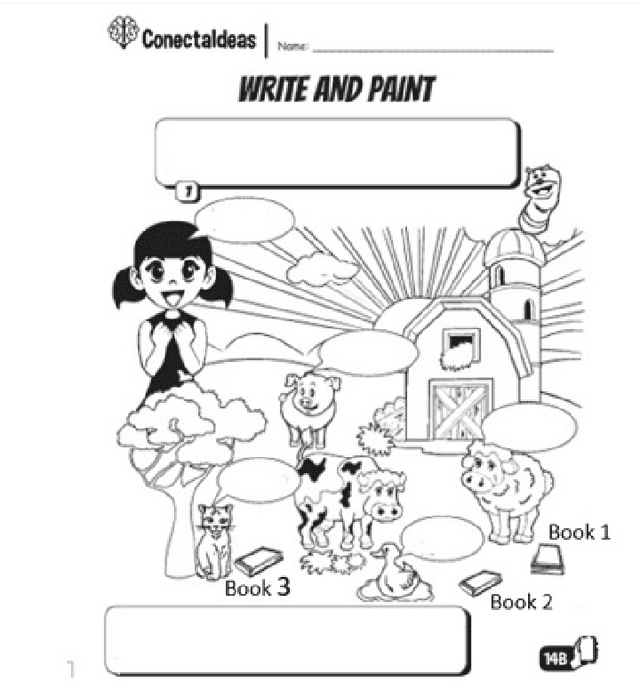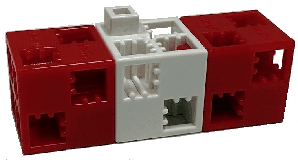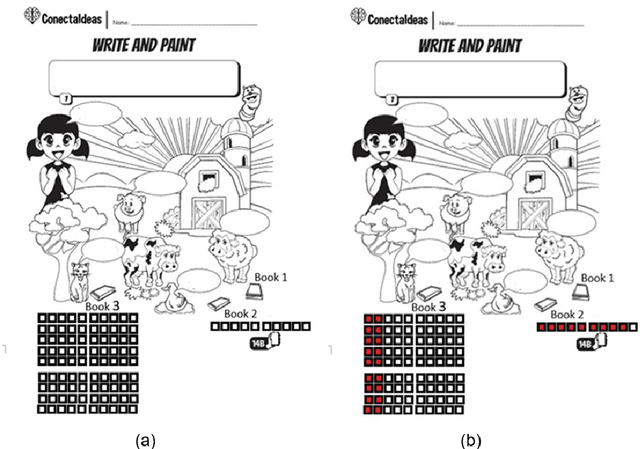Roberto Araya
Do Chains-of-Thoughts of Large Language Models Suffer from Hallucinations, Cognitive Biases, or Phobias in Bayesian Reasoning?
Mar 19, 2025


Abstract:Learning to reason and carefully explain arguments is central to students' cognitive, mathematical, and computational thinking development. This is particularly challenging in problems under uncertainty and in Bayesian reasoning. With the new generation of large language models (LLMs) capable of reasoning using Chain-of-Thought (CoT), there is an excellent opportunity to learn with them as they explain their reasoning through a dialogue with their artificial internal voice. It is an engaging and excellent opportunity to learn Bayesian reasoning. Furthermore, given that different LLMs sometimes arrive at opposite solutions, CoT generates opportunities for deep learning by detailed comparisons of reasonings. However, unlike humans, we found that they do not autonomously explain using ecologically valid strategies like natural frequencies, whole objects, and embodied heuristics. This is unfortunate, as these strategies help humans avoid critical mistakes and have proven pedagogical value in Bayesian reasoning. In order to overcome these biases and aid understanding and learning, we included prompts that induce LLMs to use these strategies. We found that LLMs with CoT incorporate them but not consistently. They show persistent biases towards symbolic reasoning and avoidance or phobia of ecologically valid strategies.
Beyond Text-to-Text: An Overview of Multimodal and Generative Artificial Intelligence for Education Using Topic Modeling
Sep 24, 2024



Abstract:Generative artificial intelligence (GenAI) can reshape education and learning. While large language models (LLMs) like ChatGPT dominate current educational research, multimodal capabilities, such as text-to-speech and text-to-image, are less explored. This study uses topic modeling to map the research landscape of multimodal and generative AI in education. An extensive literature search using Dimensions.ai yielded 4175 articles. Employing a topic modeling approach, latent topics were extracted, resulting in 38 interpretable topics organized into 14 thematic areas. Findings indicate a predominant focus on text-to-text models in educational contexts, with other modalities underexplored, overlooking the broader potential of multimodal approaches. The results suggest a research gap, stressing the importance of more balanced attention across different AI modalities and educational levels. In summary, this research provides an overview of current trends in generative AI for education, underlining opportunities for future exploration of multimodal technologies to fully realize the transformative potential of artificial intelligence in education.
Who's the Best Detective? LLMs vs. MLs in Detecting Incoherent Fourth Grade Math Answers
Apr 21, 2023Abstract:Written answers to open-ended questions can have a higher long-term effect on learning than multiple-choice questions. However, it is critical that teachers immediately review the answers, and ask to redo those that are incoherent. This can be a difficult task and can be time-consuming for teachers. A possible solution is to automate the detection of incoherent answers. One option is to automate the review with Large Language Models (LLM). In this paper, we analyze the responses of fourth graders in mathematics using three LLMs: GPT-3, BLOOM, and YOU. We used them with zero, one, two, three and four shots. We compared their performance with the results of various classifiers trained with Machine Learning (ML). We found that LLMs perform worse than MLs in detecting incoherent answers. The difficulty seems to reside in recursive questions that contain both questions and answers, and in responses from students with typical fourth-grader misspellings. Upon closer examination, we have found that the ChatGPT model faces the same challenges.
 Add to Chrome
Add to Chrome Add to Firefox
Add to Firefox Add to Edge
Add to Edge